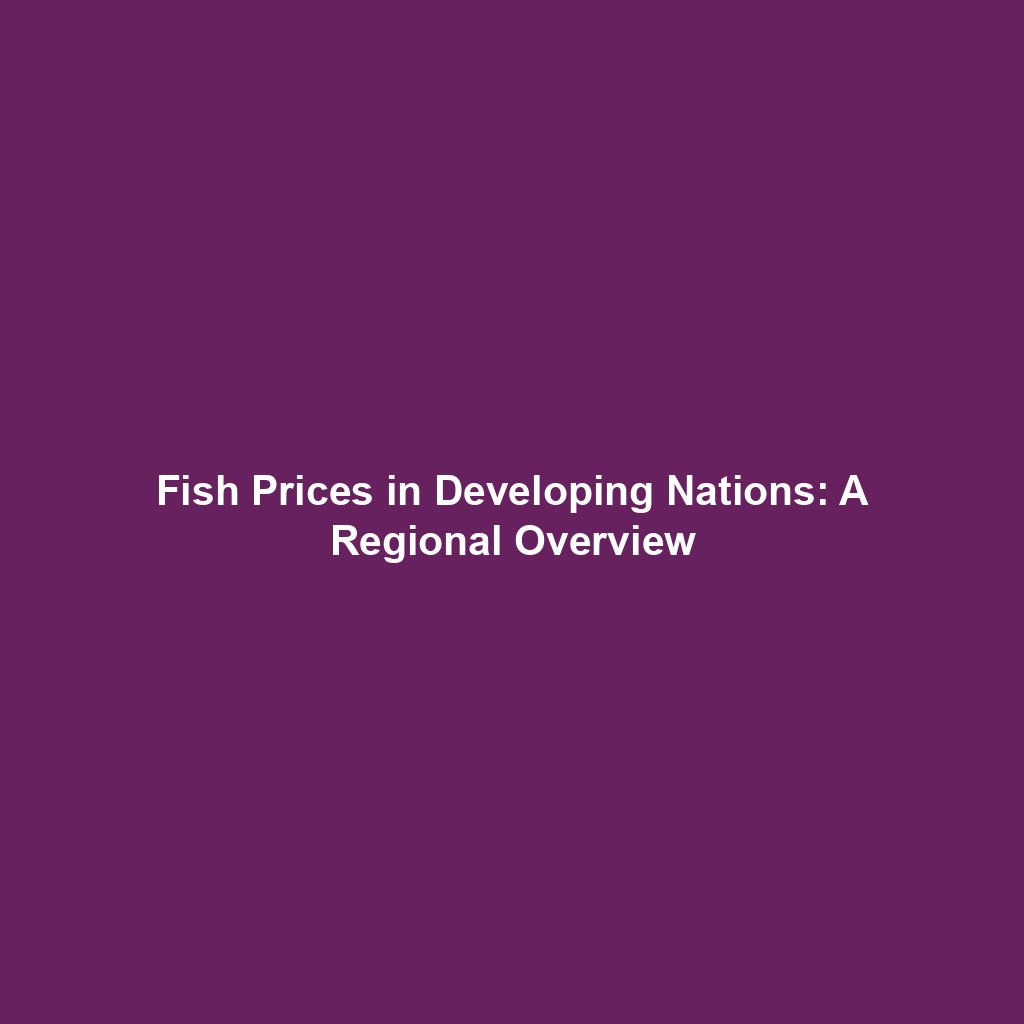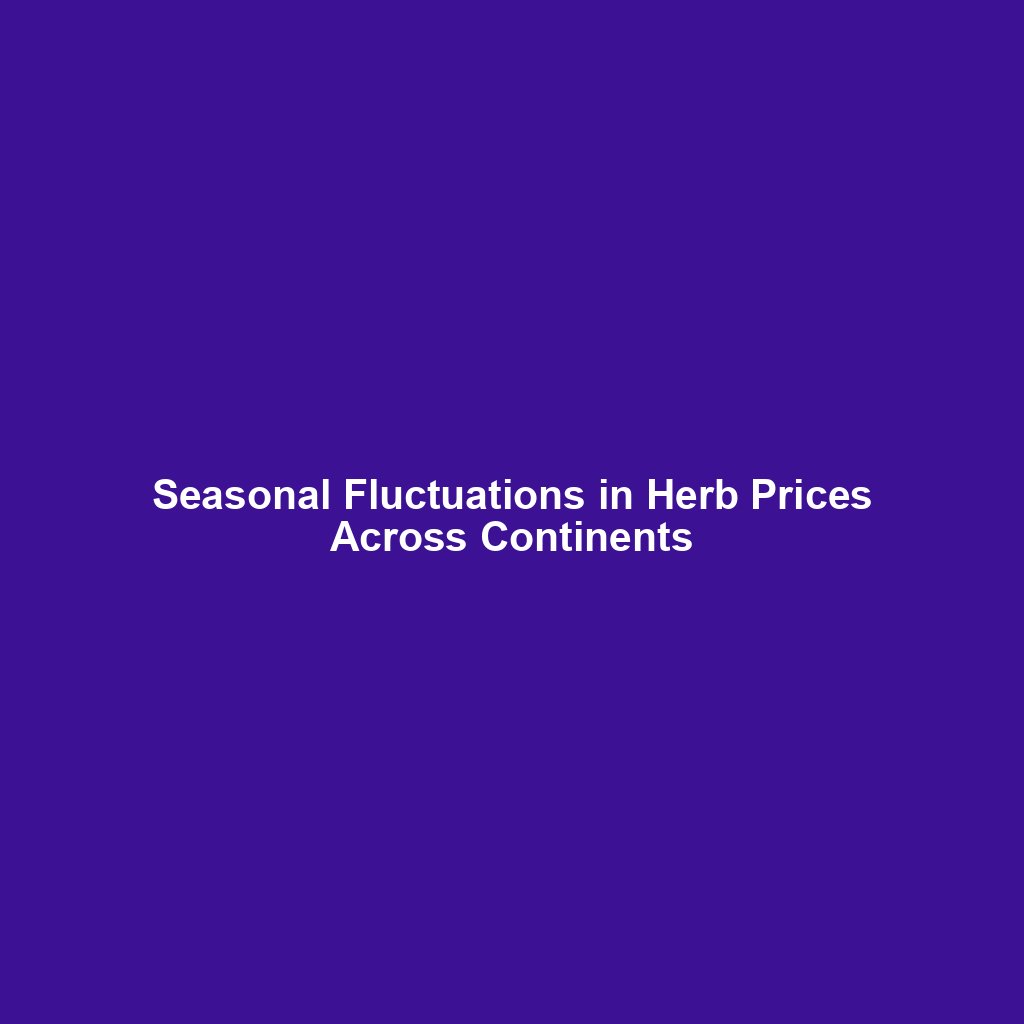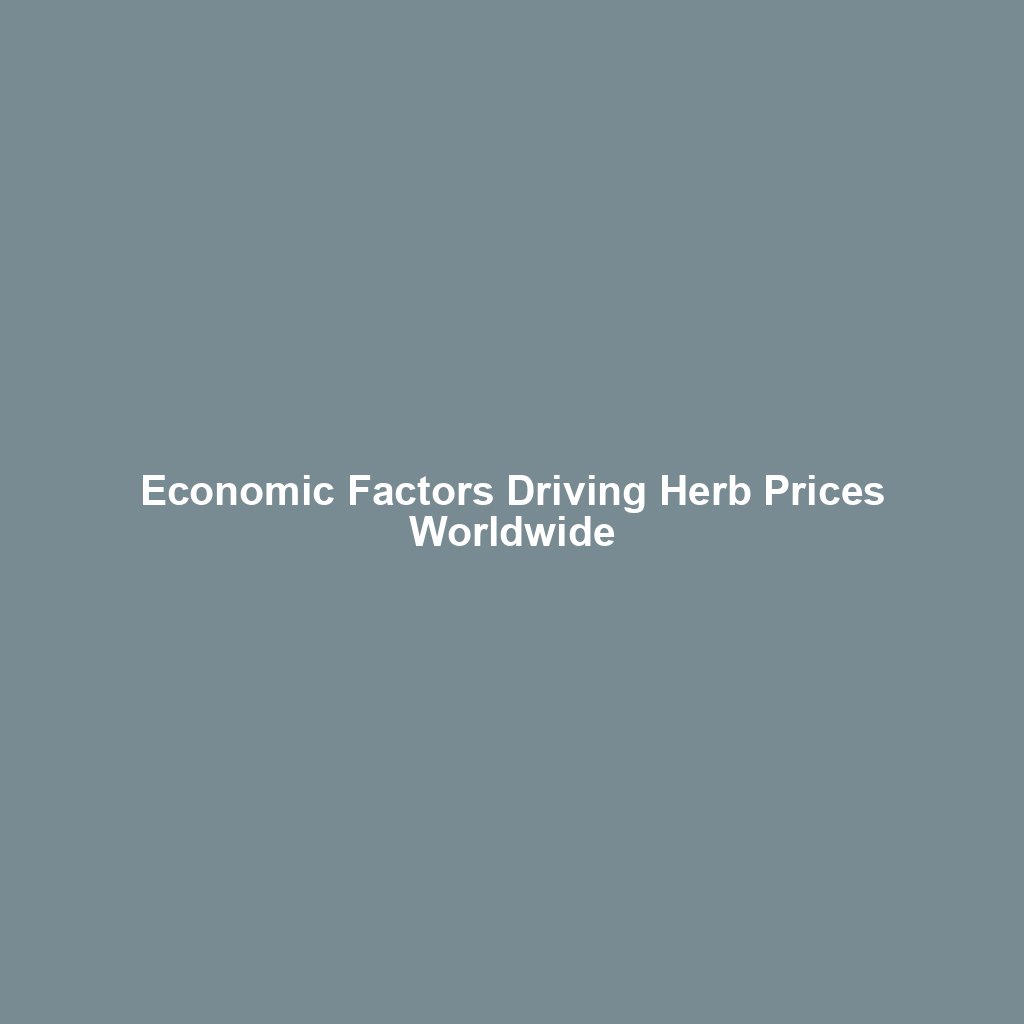
Agriculture and agricultural price analysis are critical components of the global economy, influencing food security, trade, and the livelihoods of billions of people. As the backbone of many economies, agriculture not only provides essential food and raw materials but also plays a significant role in shaping cultural and social structures. Understanding the dynamics of agricultural prices is crucial for policymakers, farmers, and consumers alike, as it affects everything from farm profitability to consumer food prices. This article delves into the intricacies of agriculture and agricultural price analysis, exploring the factors that influence prices and the methodologies used to analyze them.
The Importance of Agriculture in the Global Economy
Agriculture is a vital sector that contributes significantly to the global economy. It is the primary source of livelihood for millions of people, especially in developing countries where it accounts for a substantial portion of GDP and employment. The sector is diverse, encompassing crop production, livestock, forestry, and fisheries, each with its unique challenges and opportunities.
Contribution to GDP and Employment
In many developing nations, agriculture is the cornerstone of the economy, contributing a large share of GDP. For instance, in countries like Ethiopia and Malawi, agriculture accounts for over 30% of GDP. The sector also provides employment to a significant portion of the population, with more than 60% of the workforce engaged in agricultural activities in some regions. This high level of employment underscores the sector’s importance in poverty alleviation and economic development.
Food Security and Nutrition
Agriculture is fundamental to ensuring food security and nutrition. It is the primary source of food production, providing the necessary calories and nutrients for human survival. With the global population projected to reach 9.7 billion by 2050, the demand for food is expected to increase significantly. This places immense pressure on the agricultural sector to enhance productivity and sustainability to meet future food needs.
Trade and Global Markets
Agriculture is a major player in international trade, with agricultural products accounting for a significant portion of global exports. Countries like Brazil, the United States, and China are leading exporters of agricultural commodities such as soybeans, corn, and wheat. The trade of agricultural products not only generates foreign exchange but also fosters international cooperation and economic integration.
Factors Influencing Agricultural Prices
Agricultural prices are influenced by a myriad of factors, ranging from supply and demand dynamics to external shocks and policy interventions. Understanding these factors is crucial for effective price analysis and decision-making.
Supply and Demand Dynamics
The fundamental forces of supply and demand play a pivotal role in determining agricultural prices. On the supply side, factors such as weather conditions, input costs, and technological advancements can significantly impact production levels. For instance, favorable weather conditions can lead to bumper harvests, increasing supply and potentially lowering prices. Conversely, adverse weather events like droughts or floods can reduce supply and drive prices up.
On the demand side, population growth, income levels, and consumer preferences influence the demand for agricultural products. Rising incomes in developing countries, for example, can lead to increased demand for high-value products like meat and dairy, affecting prices across the supply chain.
External Shocks and Market Volatility
Agricultural markets are susceptible to external shocks that can cause price volatility. These shocks can be natural, such as extreme weather events, or man-made, such as trade disputes or geopolitical tensions. For instance, the COVID-19 pandemic disrupted global supply chains, leading to price fluctuations in various agricultural commodities.
Policy Interventions
Government policies can have a significant impact on agricultural prices. Policies such as subsidies, tariffs, and trade agreements can alter market dynamics and influence prices. For example, subsidies for certain crops can encourage production, increasing supply and potentially lowering prices. Conversely, tariffs on imports can restrict supply and drive prices up.
Methodologies for Agricultural Price Analysis
Analyzing agricultural prices requires a comprehensive understanding of market dynamics and the use of various analytical tools and methodologies. These methodologies help stakeholders make informed decisions and develop strategies to manage price risks.
Time Series Analysis
Time series analysis is a common method used to analyze agricultural prices. It involves examining historical price data to identify trends, patterns, and seasonal variations. This analysis can help forecast future price movements and inform decision-making. Techniques such as moving averages, exponential smoothing, and autoregressive integrated moving average (ARIMA) models are often used in time series analysis.
Econometric Modeling
Econometric models are used to quantify the relationships between agricultural prices and various influencing factors. These models can incorporate multiple variables, such as supply and demand factors, policy interventions, and external shocks, to provide a comprehensive analysis of price dynamics. Econometric modeling can help identify causal relationships and assess the impact of different factors on prices.
Market Simulation and Scenario Analysis
Market simulation and scenario analysis involve creating hypothetical scenarios to assess the potential impact of different factors on agricultural prices. This approach can help stakeholders evaluate the effects of policy changes, market shocks, or technological advancements on prices. By simulating various scenarios, decision-makers can develop strategies to mitigate risks and capitalize on opportunities.
Challenges and Opportunities in Agricultural Price Analysis
While agricultural price analysis is essential for effective decision-making, it is not without challenges. However, these challenges also present opportunities for innovation and improvement.
Data Availability and Quality
One of the primary challenges in agricultural price analysis is the availability and quality of data. Accurate and timely data is crucial for effective analysis, but in many regions, data collection and reporting systems are inadequate. Improving data infrastructure and leveraging technology, such as remote sensing and big data analytics, can enhance data quality and availability.
Complexity of Agricultural Markets
Agricultural markets are complex and influenced by a multitude of factors, making price analysis challenging. The interconnectedness of global markets adds another layer of complexity, as changes in one region can have ripple effects worldwide. Developing sophisticated models and analytical tools that can capture this complexity is essential for accurate price analysis.
Technological Advancements
Technological advancements present significant opportunities for improving agricultural price analysis. Innovations such as artificial intelligence, machine learning, and blockchain can enhance data analysis, improve market transparency, and facilitate better decision-making. Embracing these technologies can help stakeholders navigate the complexities of agricultural markets and make more informed decisions.
Conclusion
Agriculture and agricultural price analysis are integral to the global economy, influencing food security, trade, and livelihoods. Understanding the factors that influence agricultural prices and employing robust analytical methodologies are crucial for effective decision-making. While challenges such as data availability and market complexity exist, they also present opportunities for innovation and improvement. By leveraging technology and enhancing data infrastructure, stakeholders can improve agricultural price analysis and contribute to a more sustainable and resilient agricultural sector.



